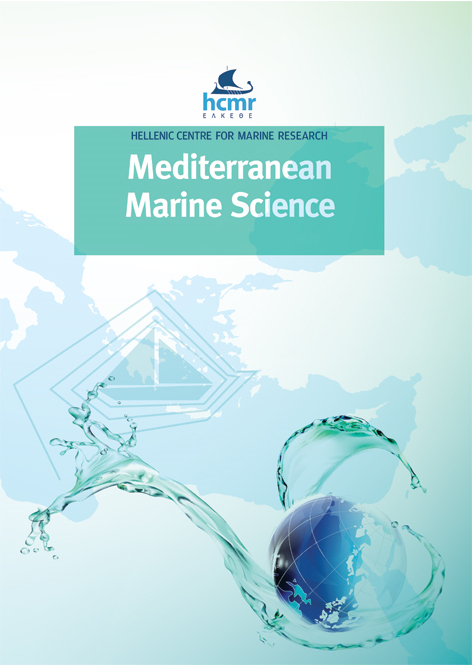Temporal variations in phytoplankton composition in the northeastern Sea of Marmara: potentially toxic species and mucilage event

Abstract
Temporal variations in phytoplankton composition in the northeastern Sea of Marmara was investigated associated with physico-chemical variables from January 2004 to December 2007. The occurrence of potentially toxic species and a mucilage event was also evaluated during this study period. The confined upper layer of the Sea of Marmara is mesotrophic to eutrophic and has higher productivity when compared to the neighbouring Black Sea and Aegean Sea. 132 taxa in the micro-phytoplankton community were identified, 11 of which are known to be potentially toxic. The most abundant species were Pseudo-nitzschia species from diatoms and Prorocentrum micans from dinoflagellates. Potentially toxic species were more common at the coastal stations. The onset of a mucilage formation was observed in October 2007, and well-known mucilage producers such as Gonyaulax hyalina (reported as G. fragilis) and Thalassiosira gravida (reported as T. rotula) dominated the phytoplankton community during this event. A marked decrease in the number of species and diversity index following June 2007 and reported shifts in the zooplankton community during the same period points to probable cascading effects in the pelagic ecosystem of the Sea of Marmara.
Article Details
- How to Cite
-
TAS, S., KUS, D., & YILMAZ, I. N. (2020). Temporal variations in phytoplankton composition in the northeastern Sea of Marmara: potentially toxic species and mucilage event. Mediterranean Marine Science, 21(3), 668–683. https://doi.org/10.12681/mms.22562
- Issue
- Vol. 21 No. 3 (2020)
- Section
- Research Article
Authors who publish with this journal agree to the following terms:
- Authors retain copyright and grant the journal right of first publication with the work simultaneously licensed under a Creative Commons Attribution Non-Commercial License that allows others to share the work with an acknowledgement of the work's authorship and initial publication in this journal.
- Authors are able to enter into separate, additional contractual arrangements for the non-exclusive distribution of the journal's published version of the work (e.g. post it to an institutional repository or publish it in a book), with an acknowledgement of its initial publication in this journal.
- Authors are permitted and encouraged to post their work online (preferably in institutional repositories or on their website) prior to and during the submission process, as it can lead to productive exchanges, as well as earlier and greater citation of published work (See The Effect of Open Access).




